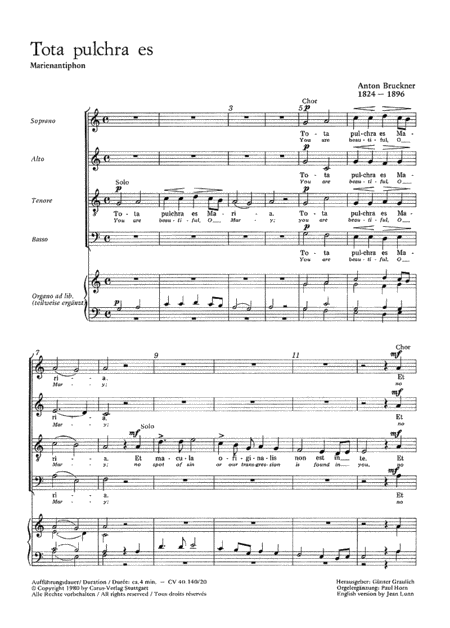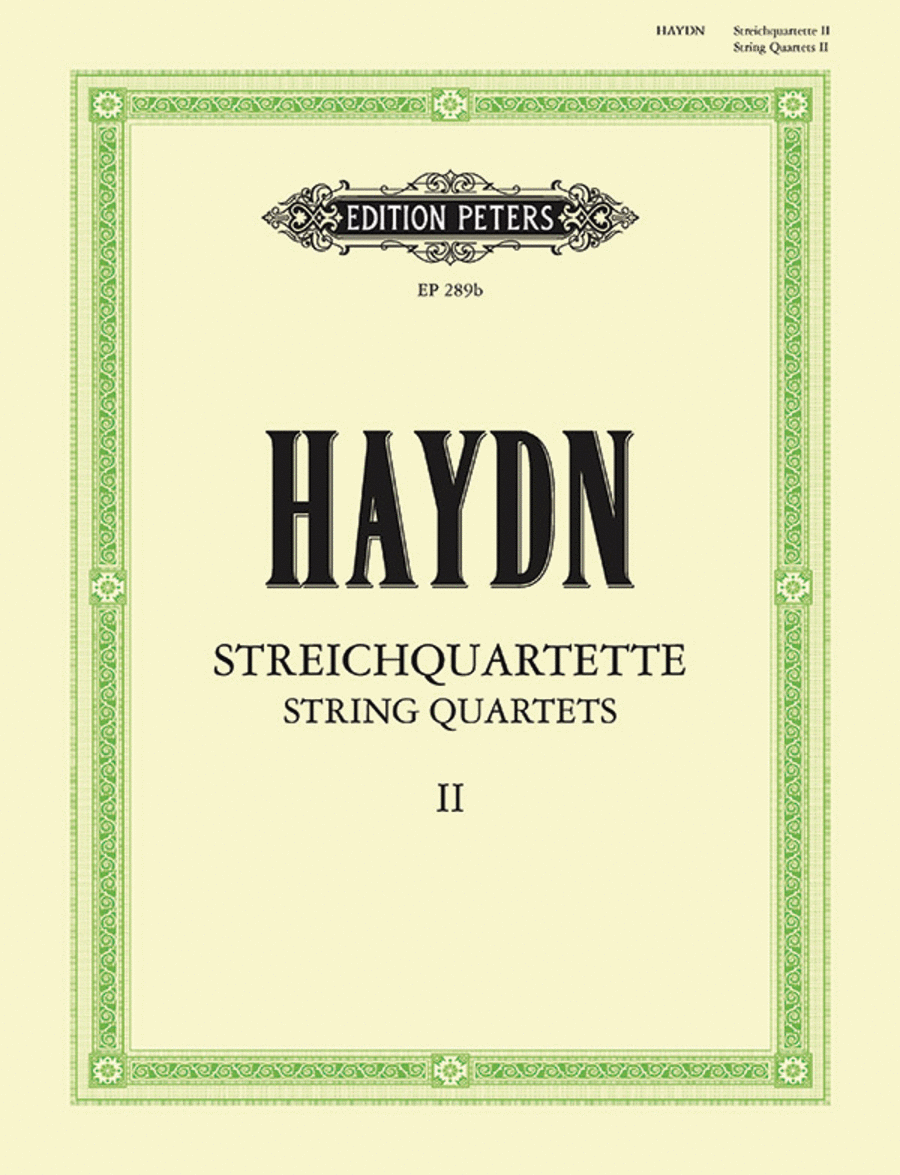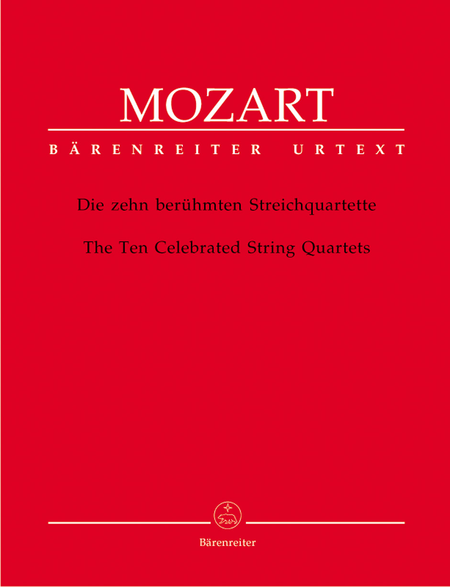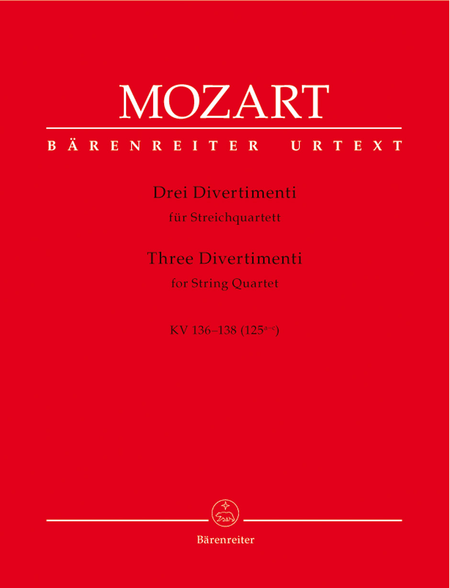Josef Anton Bruckner (1824 – 1896) was an Austrian
composer, organist, and music theorist best known for
his symphonies, masses, Te Deum and motets. The first
are considered emblematic of the final stage of
Austro-German Romanticism because of their rich
harmonic language, strongly polyphonic character, and
considerable length. Bruckner's compositions helped to
define contemporary musical radicalism, owing to their
dissonances, unprepared modulations, and roving
harmonies.
Although Br...(+)
Josef Anton Bruckner (1824 – 1896) was an Austrian
composer, organist, and music theorist best known for
his symphonies, masses, Te Deum and motets. The first
are considered emblematic of the final stage of
Austro-German Romanticism because of their rich
harmonic language, strongly polyphonic character, and
considerable length. Bruckner's compositions helped to
define contemporary musical radicalism, owing to their
dissonances, unprepared modulations, and roving
harmonies.
Although Bruckner wrote a great deal of sacred choral
music (including not only his grandly conceived Mass
No. 3, but also his more intimate Mass No. 2 and his
astringent motets, which fuse Renaissance and
nineteenth century techniques), he is best known for
his symphonies: two unnumbered apprentice works, eight
completed mature symphonies, and the first three
movements of a Ninth (The finale has been reconstructed
by several hands, but most performances include just
the movements Bruckner completed). The symphonies,
influenced to some extent by Wagner and identified with
his school by the Viennese public, are monumental:
expansive in scale, rigorous (if sometimes gigantist)
in formal design, and often elaborate in their
contrapuntal writing. Their sonorities are stately and
organ-like; the Viennese critic Graf wrote that
Bruckner "pondered over chords and chord associations
as a medieval architect contemplated the original forms
of a Gothic cathedral." Despite occasional folk
influences in the scherzos, his symphonies are
uniformly high-minded, even religious, in spirit.
Together, they form the weightiest body of symphonies
between Schubert (whom he greatly admired) and Mahler.
The brief, untroubled "Afferentur regi" comes from an
eventful year in Anton Bruckner's life. The harsh blow
of his mother's death the previous year was alleviated
somewhat when the young musician (who was, after all,
thirty-seven) was appointed conductor of the
Liedertafel Frohsinn in Linz (a seemingly pleasant
position which later came to a premature end when
Bruckner resigned in anger over a prank). Shortly
afterward, Bruckner completed his theoretical studies
with Kitzler, and thus Bruckner had a dual incentive to
"stretch out" and create some vocal works with the
prospect of immediate performance. The offertorium
"Afferentur regi" is a work of its time, reflecting the
early Romantic period. It gives little glimpse of even
the earlier mature Bruckner or the archaic beauty of
his modal Cecilian pieces. But the brief piece is well
crafted and pleasant, showing that Bruckner was
considerably fluent in conventional utterance even
during his belated student years. In F major, it is
predominantly diatonic with minimal modulation, mostly
to the relative minor. The accompanying trombones are
assigned a highlighting role, blending into the overall
texture. However, the wide vocal leaps and the use of a
long held bass pedal on A from bars 17 to 24 are
striking and the cadence at bars 33-34 is anticipatory
of the trio of the Fifth Symphony. But that aside this
is an unproblematic little piece, the work of a young
man who even during a time of sadness and change could
still give praise in a joyful spirit.
Source: Allmusic
(https://www.allmusic.com/composition/afferentur-regi-o
ffertorium-for-chorus-3-trombones-in-f-major-wab-1-mc00
02355020).
Although originally written for Chorus (SAT) & 3
Trombones, I created this Interpretation of the
Offertorium: Afferentur Regi (WAB 1) in F Major for
String Quartet (2 Violins, Viola & Cello).












